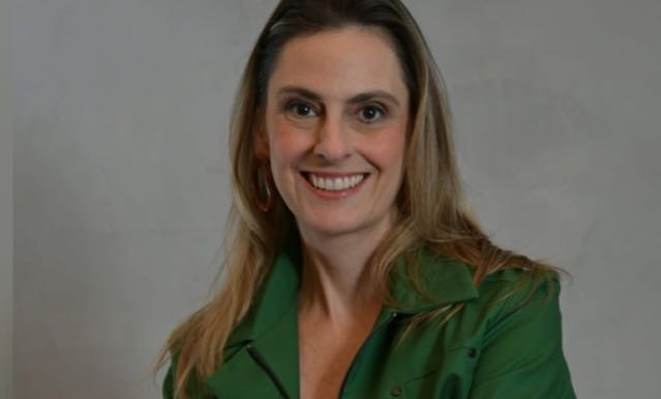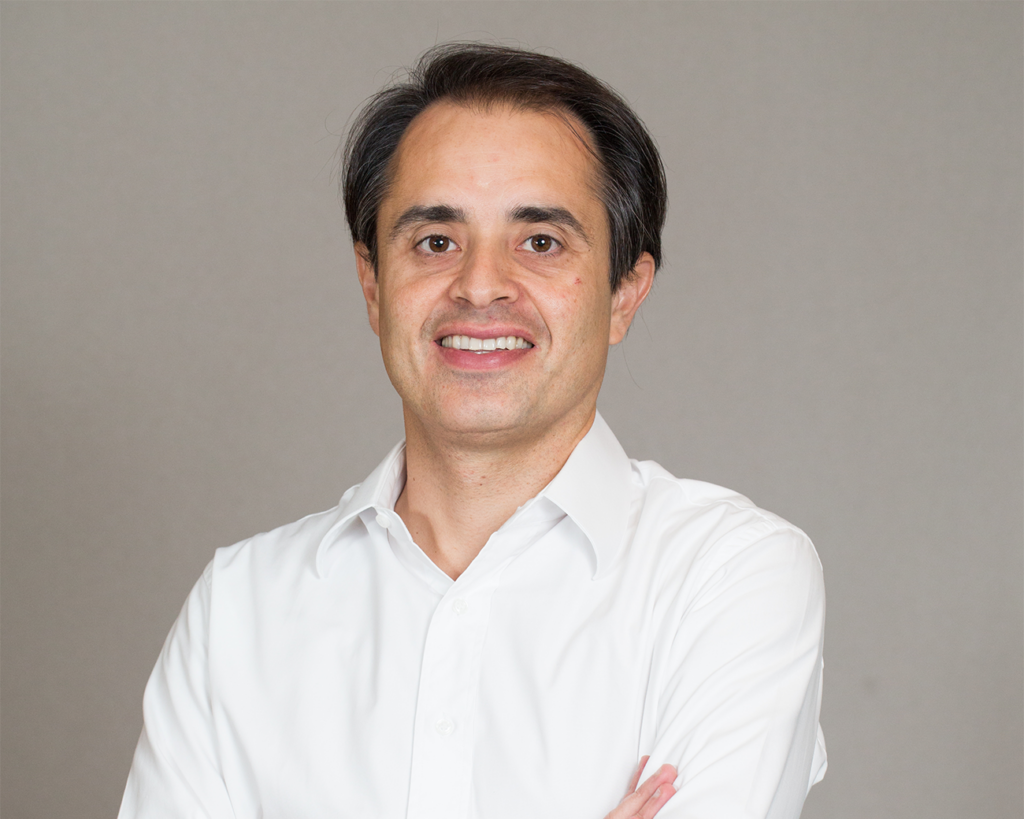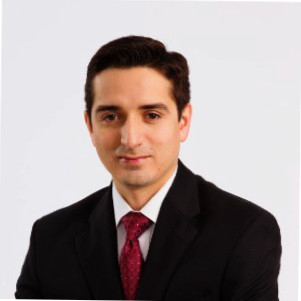LP Profiles, Member Profiles
An Interview with Maureen Downey, Pantheon
19 July 2012

Maureen Downey, Principal at Pantheon, spoke with LAVCA about the fund of funds’ strategy for investing in emerging markets, opportunities in Latin America and the role of secondaries in private equity.
 LAVCA: Please give some background on Pantheon.
LAVCA: Please give some background on Pantheon.
Downey: Pantheon is a leading international private equity fund investor and currently has over $23.6bln in AUM for over 400 clients. Established 30 years ago, Pantheon has developed a strong reputation and track record in primary and secondary investments across all stages and geographies. Pantheon has 182 employees, including 67 investment professionals, located across offices in London, San Francisco, New York and Hong Kong. Pantheon is owned by its senior team alongside Affiliated Managers Group (AMG).
LAVCA: Roughly what percentage of your portfolio do you generally allocate to emerging markets private equity and to Latin America specifically?
Downey: We generally recommend that a client with a global portfolio allocates 50-60% to the U.S., 20-30% to Europe and 15-25% to emerging markets. Within the context of Emerging Markets, we recommend clients allocate between 25-35% to Latin America.
LAVCA: What geographies or countries are of particular interest to you right now?
Downey: Pantheon invests globally and despite the challenging economic environment, we still believe there are attractive investment opportunities across both developed and developing markets.
In the developed markets, we feel the current climate in the US provides opportunities to capitalize on market dislocations and invest in businesses at attractive valuations. We also emphasize the more robust Northern European economies which are better positioned to benefit from export-led growth and less pressured by the weight of sovereign debt and weak consumer spending. Germany is very well positioned, as well as the Nordic region and the Netherlands.
We launched our first emerging markets fund-of-funds vehicle earlier this year.
Pantheon has been an investor in Asia since the 1980s. The PE environment in Emerging Asia has become more attractive in recent years due to political reforms, more rigorous regulatory and legal environments, and a stronger emphasis on transparency and corporate governance. We’re interested in China and India, as well as South-East Asian economies. We have long been an investor in CEE, CIS and Russia; these markets are attractive given the high level of education and good infrastructure. We also continue to pursue investments in Sub Saharan Africa and the MENA region selectively.
There are five markets of primary focus for Pantheon in Latin America, based on population size, GDP growth, institutional reforms and stable political and economic environment: Brazil, Chile, Colombia, Mexico and Peru. We also monitor Argentina but the policies of the current government make it a less attractive destination for private equity capital at this time. While Brazil is the largest economy and will merit an allocation commensurate with its economic size, Pantheon sees attractive investment opportunities in the other LatAm countries given the more favorable competitive dynamics.
LAVCA: Pantheon recently hired a head of Latin American investments, with the intent to open an office in Colombia. What is your mid to long-term strategy in Latin America?
Downey: In order to be an effective investor it is important to be local. Pantheon’s primary investment teams are based in the region where they make their investment decisions. Although Pantheon has an International Investment Committee that oversees all investment decisions taken on behalf of Pantheon clients, the regional primary investment teams make the investments out of their respective local offices.
We believe that the investment opportunity in Latin America will continue to expand and decided to open a local office. Colombia was deemed an attractive location given its political and economic stability, GDP growth, rising middle class and favorable central location within the region. The office will have both an investment and client focus as Pantheon builds on its existing client relationships in the region.
LAVCA: Pantheon is one of the largest investors in secondary opportunities. What do you feel is missing in the secondaries market in Latin America?
Downey: A number of factors contribute to the relatively low penetration of secondaries in Latin America: 1) a limited number of mature funds, 2) the concentration of fundraising among a relatively small group of GPs, 3) the low level of fundraising prior to 2007, 4) global secondary buyers are not familiar with Latin American GPs and with the region in general and 5) local LPs are not yet accustomed to selling in the secondary market.
Over time more GPs will enter the market and raise funds, existing funds will mature and become fully invested and thus more attractive to secondary buyers, and local and international investors will seek to rebalance their portfolios in the secondary market thus motivating more secondary buyers to understand this investment opportunity.
LAVCA: What do you see as the future role of secondaries in the private equity market?
Downey: We believe the secondary market opportunity is extremely robust and has matured meaningfully over the past decade. In 2001, there was approximately $2bn of secondary market volume, representing a 3% turnover of average private equity raised over the prior 3-8 years. In 2011, this number had grown to approximately $25bn of secondary market volume, a record year for the secondary market, driven not only by a substantially larger primary private equity market opportunity, but also by a turnover rate approaching 9%, as secondaries are increasingly being used by LPs as a portfolio management tool.
Additionally, spin-outs and other direct transactions add to the market opportunity for sophisticated buyers. Extrapolating these trends forward, we believe there will be over $30bn of deal volume completed per year from 2012 – 2014 driven by a consistently high turnover rate, a market opportunity that remains robust as private equity raised in peak years continues to work its way through the pipeline, as well as regulatory drivers such as the Volcker Rule continuing to systemically drive secondary sales.
LAVCA: How do you think about the decision of whether to invest in a global fund versus a regional or country-specific fund?
Downey: We invest in both single country and pan-regional funds, with the aim to identify the best managers investing in particular regions and / or specific countries.
Generally our clients diversify their portfolios by geographic area in order both to take advantage of local opportunities and to reduce the risk of geographic over-exposure. Pantheon advises clients on optimal geographic allocations in conjunction with their specific requirements
Pantheon also manages portfolios with a specific focus on certain regions and/or strategies. These strategies may suit clients who have taken a strategic decision to invest only in certain segments of the market or who run their own concurrent private equity portfolio.
LAVCA: What is your take on the current state of private equity investment in Latin America?
Downey: While still nascent, the private equity landscape in Latin America is attractive when one considers the low level of PE penetration to GDP relative to developed economies, coupled with strong GPD growth, attractive demographics of a growing middle class, recent institutional reforms conducive to private investment, stable political and economic systems in many of the major regional economies and last but not least, the region’s abundance of natural resources. The limited number of GPs with institutional track records has resulted in fundraising being concentrated in a handful of regional GPs now competing with the large global GPs for a smaller set of large buy-out opportunities.
A less competitive segment of the market is the small and mid-market, family-owned companies who are in need of growth capital but lack access to the capital markets. These companies stand to benefit from the strategic, corporate governance and management input that private equity can offer to grow companies and transform sectors of the economy. Pantheon’s allocation to Latin America will increase as the number of GPs with strong track records, well-aligned teams and differentiated strategies targeting specific industries, stages and/or countries expands to meet the investment opportunity set.
You may be interested in...
-

Luciana Antonini Ribeiro, eB Capital
Executive: Luciana Antonini Ribeiro, Co-Founder and CIO Member Name: eB Capital Year...
-

Cristiano Gioia Lauretti, Kinea Private Equity
Member: Kinea Executive: Cristiano Gioia Lauretti, Head of Private Equity HQ: São...
-

Maria Pia Iannariello, MGM Innova Capital
LAVCA recently spoke with Maria Pia Iannariello, Co-Founder & COO of MGM Innova Capital,...
-

Rafael Ramirez, Portfolio Manager, Alaska Permanent Fund Corporation
LAVCA recently spoke with Rafael Ramirez, Portfolio Manager– Private Equity &...